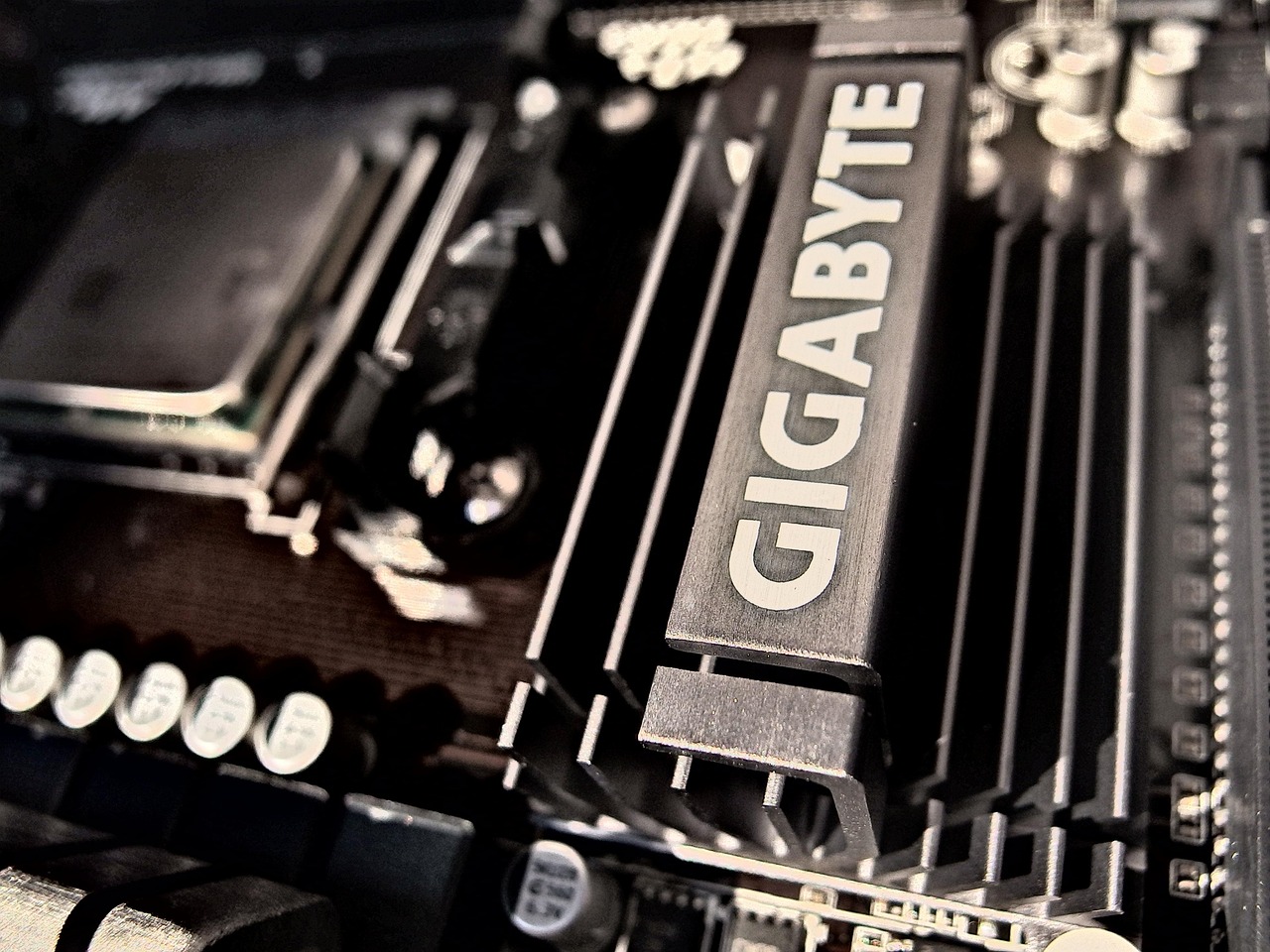Simulating real-world scenarios is crucial for innovation, risk assessment, and efficient problem-solving across diverse industries. Traditional methods, however, can be time-consuming, expensive, and lack the ability to fully capture the complexity of dynamic systems. Enter AI simulation tools, a powerful combination of artificial intelligence and simulation technology that is revolutionizing how we model, predict, and optimize outcomes. This post delves into the world of AI simulation, exploring its capabilities, applications, and the transformative impact it’s having on various sectors.
Understanding AI Simulation Tools
What is AI Simulation?
AI simulation tools use machine learning algorithms to create highly realistic and predictive models of complex systems. Unlike traditional simulations, which rely on pre-defined rules and parameters, AI-driven simulations learn from data, adapt to changing conditions, and identify patterns that might be missed by human analysts. This allows for more accurate and dynamic representations of reality.
- Key Features:
Data-Driven Modeling: Leverages data to create realistic and adaptive models.
Predictive Analytics: Forecasts future outcomes based on learned patterns.
Optimization: Identifies optimal strategies and solutions through iterative simulations.
Automation: Automates simulation setup, execution, and analysis.
Scalability: Handles large-scale and complex simulations efficiently.
How AI Simulation Differs from Traditional Simulation
Traditional simulation relies on manually defined rules and mathematical models. AI simulation, on the other hand, learns from data, allowing it to model systems with greater accuracy and adapt to changing conditions without needing constant re-calibration by humans.
- Traditional Simulation:
Based on pre-defined rules and parameters.
Requires manual calibration and adjustments.
Limited ability to handle complex and dynamic systems.
- AI Simulation:
Learns from data and adapts to changing conditions.
Automatically identifies patterns and relationships.
More accurate and realistic representations of complex systems.
Can handle scenarios with incomplete or uncertain information.
Benefits of Using AI Simulation
Enhanced Accuracy and Realism
AI simulation improves accuracy by learning from vast datasets, automatically refining models based on real-world feedback. This results in more realistic and reliable predictions, especially in complex systems.
- Example: In supply chain management, AI simulation can factor in unforeseen disruptions like weather events or geopolitical instability, offering more accurate demand forecasts than traditional statistical methods.
Improved Decision-Making
By providing accurate predictions and insights, AI simulation empowers decision-makers to make more informed and strategic choices. This leads to better outcomes and reduced risks.
- Actionable Takeaway: Use AI simulation to test different strategies and scenarios before implementation, allowing you to identify potential pitfalls and optimize your approach.
Increased Efficiency and Cost Savings
AI simulation automates many aspects of the simulation process, saving time and resources. It also identifies optimal solutions, reducing waste and improving overall efficiency.
- Statistic: According to a McKinsey report, AI-powered solutions can reduce operational costs by up to 20% in various industries.
Accelerated Innovation
AI simulation enables rapid prototyping and testing of new ideas, accelerating the innovation process. It allows researchers and developers to quickly evaluate different designs and configurations, leading to faster breakthroughs.
- Example: In the automotive industry, AI simulation is used to design and test autonomous driving systems in virtual environments, significantly reducing the time and cost associated with physical testing.
Applications of AI Simulation Across Industries
Healthcare
AI simulation is transforming healthcare by enabling personalized treatment plans, predicting disease outbreaks, and optimizing hospital operations.
- Personalized Medicine: Simulating the effects of different drugs on individual patients based on their genetic makeup.
- Pandemic Preparedness: Modeling the spread of infectious diseases and evaluating the effectiveness of intervention strategies.
- Hospital Resource Optimization: Simulating patient flow to improve bed utilization and reduce wait times.
Manufacturing
In manufacturing, AI simulation optimizes production processes, reduces downtime, and improves product quality.
- Predictive Maintenance: Using sensor data and machine learning to predict equipment failures and schedule maintenance proactively.
- Process Optimization: Simulating different production workflows to identify bottlenecks and improve efficiency.
- Quality Control: Training AI models to identify defects in manufactured products based on image and sensor data.
Finance
AI simulation is used in finance for fraud detection, risk management, and algorithmic trading.
- Fraud Detection: Identifying suspicious transactions based on learned patterns and anomalies.
- Risk Management: Simulating market conditions to assess portfolio risk and develop hedging strategies.
- Algorithmic Trading: Developing and testing trading algorithms in simulated environments before deployment.
Logistics and Supply Chain
AI simulation optimizes supply chain operations, reduces costs, and improves delivery times.
- Demand Forecasting: Predicting future demand based on historical data and external factors.
- Route Optimization: Optimizing delivery routes to minimize transportation costs and delivery times.
- Inventory Management: Simulating inventory levels to minimize storage costs and avoid stockouts.
Key Considerations When Implementing AI Simulation
Data Quality and Availability
The accuracy of AI simulation depends heavily on the quality and availability of data. It’s crucial to ensure that the data used for training the models is accurate, complete, and representative of the real-world system being simulated.
- Tip: Invest in data collection and cleaning processes to ensure the quality of your data. Consider using data augmentation techniques to increase the size and diversity of your dataset.
Model Selection and Training
Choosing the right AI model and training it effectively are critical steps in implementing AI simulation. Different models are suited for different types of problems, so it’s important to select a model that aligns with your specific needs.
- Tip: Experiment with different models and training techniques to find the best approach for your problem. Consider using transfer learning to leverage pre-trained models and reduce training time.
Computational Resources
AI simulation can be computationally intensive, especially for large-scale and complex systems. Make sure you have access to adequate computational resources, such as high-performance computing clusters or cloud-based services.
- Tip: Use cloud-based simulation platforms to access scalable and cost-effective computational resources. Consider optimizing your simulation code to improve performance.
Expertise and Training
Implementing and maintaining AI simulation systems requires specialized expertise in areas such as machine learning, simulation modeling, and data analysis. Invest in training your staff or partner with experienced consultants to ensure successful implementation.
- Tip: Provide ongoing training and support to your staff to help them develop the skills needed to use AI simulation effectively. Consider joining industry communities and forums to learn from other practitioners.
Conclusion
AI simulation tools are revolutionizing industries by providing accurate predictions, improving decision-making, increasing efficiency, and accelerating innovation. By understanding the benefits, applications, and key considerations of AI simulation, organizations can leverage this powerful technology to gain a competitive edge and drive impactful results. As AI continues to evolve, its role in simulation will only become more prominent, making it an essential tool for businesses looking to thrive in an increasingly complex world.




